Home PageAbout MindatThe Mindat ManualHistory of MindatCopyright StatusWho We AreContact UsAdvertise on Mindat
Donate to MindatCorporate SponsorshipSponsor a PageSponsored PagesMindat AdvertisersAdvertise on Mindat
Learning CenterWhat is a mineral?The most common minerals on earthInformation for EducatorsMindat ArticlesThe ElementsThe Rock H. Currier Digital LibraryGeologic Time
Minerals by PropertiesMinerals by ChemistryAdvanced Locality SearchRandom MineralRandom LocalitySearch by minIDLocalities Near MeSearch ArticlesSearch GlossaryMore Search Options
The Mindat ManualAdd a New PhotoRate PhotosLocality Edit ReportCoordinate Completion ReportAdd Glossary Item
Mining CompaniesStatisticsUsersMineral MuseumsClubs & OrganizationsMineral Shows & EventsThe Mindat DirectoryDevice SettingsThe Mineral Quiz
Photo SearchPhoto GalleriesSearch by ColorNew Photos TodayNew Photos YesterdayMembers' Photo GalleriesPast Photo of the Day GalleryPhotography
╳Discussions
💬 Home🔎 Search📅 LatestGroups
EducationOpen discussion area.Fakes & FraudsOpen discussion area.Field CollectingOpen discussion area.FossilsOpen discussion area.Gems and GemologyOpen discussion area.GeneralOpen discussion area.How to ContributeOpen discussion area.Identity HelpOpen discussion area.Improving Mindat.orgOpen discussion area.LocalitiesOpen discussion area.Lost and Stolen SpecimensOpen discussion area.MarketplaceOpen discussion area.MeteoritesOpen discussion area.Mindat ProductsOpen discussion area.Mineral ExchangesOpen discussion area.Mineral PhotographyOpen discussion area.Mineral ShowsOpen discussion area.Mineralogical ClassificationOpen discussion area.Mineralogy CourseOpen discussion area.MineralsOpen discussion area.Minerals and MuseumsOpen discussion area.PhotosOpen discussion area.Techniques for CollectorsOpen discussion area.The Rock H. Currier Digital LibraryOpen discussion area.UV MineralsOpen discussion area.Recent Images in Discussions
Identity HelpIt's a Mystery to me
13th Jun 2012 15:09 UTCKristi Hugs
I have a mystery on my hands and while I know a picture, in this case, is NOT worth a thousand words, it is pretty much all I have to go on.
This little beauty was handed to me in a plastic bag. The bag says 12, 2 g $170.00
Now, I weighed it right away and it is obvious that the bag it is in, is NOT the correct bag, as this piece only weighed 0.5 grams.
It is triangular in shape with faces on the side. It appears to be black with some silverish material, but when you put a light behind it, it is obviously a deep blood red.
The sides are 11mm x 10mm x 11mm
I do not know its location or in fact anything else about it.
Based on the books I do have available, it looks sort of like Pyrargyrite to me? I am sorry I cannot provide hardness or other details. I simply do not know.
Any help or direction would be greatly appreciated.
sincerely,
Mira
13th Jun 2012 15:46 UTCStephanie Martin
In the absense of any hardness, streak or SG readings, my guess is alexandrite.
compare to this one in the gallery:
http://www.mindat.org/photo-120062.html
regards,
stephanie :-)
13th Jun 2012 19:49 UTCKristi Hugs
Thanks for the suggestion. I thought about Alexandrite but it does not have that color change like alexandrite does. What I think is confusing me more is the triangular shape of the crystal. Since it is not my crystal, I am not comfortable scratching it for hardness. I need to educate myself on what "streak" means (not the nekkid kind I would imagine).
I know it is a challenge. A friend I know just handed it to me and said, what is it and how much is it worth? ROFL Doh!
13th Jun 2012 20:35 UTCPeter Slootweg 🌟
It sure is a beauty. It Clearly is a chrysoberyl twin and the green/red color makes it a nice Alexandrite crystal. These crystals grow in a dense biotite rock hence the little flakes that appear to be still attached to the specimen. By the looks of it i think this crystal originates Brazil or Russia but thats hard to tell for sure. These nice V-twins with good color are not common.
Kind regards,
Peter
13th Jun 2012 23:12 UTCCorie Mattar
I agree with Peter and Stephanie, looks like a V twin alexandrite to me also.
Streak is when you drag the crystal across a surface (like the unglazed back of a tile) and look at the residue left by the crystal. (not the nekkid streaking :-D ).
Hope this helps, and it really is a nice piece. What are the dimensions?
Warm regards,
Corie
13th Jun 2012 23:23 UTCKristi Hugs
Can someone please explain V Twin? I have only seen twins as two crystals that are attached to each other and this looks like a single crystal, so a perfect opportunity for me to learn something new!!
I happen to have an unglazed tile here. Perhaps I will go streaking after all :)
Thanks again Steph, Peter and Corie! You have all been such a great help.....I am very grateful :)
13th Jun 2012 23:29 UTCKristi Hugs
I also measured ct weight which is 2.5 carats
14th Jun 2012 00:00 UTCRob Woodside 🌟 Manager
14th Jun 2012 00:44 UTCStephanie Martin
The crystal form and striations on the crystal as well as the translucent red colour and the remnants of the matrix are what made me say alexandrite. If you have a decent kitchen scale it would be not too difficult to do a specific gravity test. I'm not sure your streak test was correct as you may have streaked the matrix.
Here is a picture of one that I have in matrix, that looks similar to yours, this is from Brazil. The crystal is approx 1cm x 1cm
14th Jun 2012 01:33 UTCStephanie Martin
Re V twinning, it is a type of twinning that does result in a V shape. This is not uncommon with chrysoberyl and rutile is another good example.
Here are some examples from the gallery of rutiles exhibiting this feature:
http://www.mindat.org/photo-12242.html
and
http://www.mindat.org/photo-12243.html
I will post more pictures later with chrysoberyl and spinel twins when I am free. I think Rob is suggesting it is a macle twin rather than a V twin. A macle twin is different, for an analogy, think of a sandwich with 2 pieces of bread and no filling, the bread representing crystals. Sometimes the crystals are offset and make for nice form.
14th Jun 2012 01:33 UTCStephanie Martin
14th Jun 2012 01:40 UTCRob Woodside 🌟 Manager
14th Jun 2012 01:42 UTCKristi Hugs
14th Jun 2012 01:51 UTCRonald John Gyllenhammer Expert
I agree on Chrysoberyl. The reentrant could be very small and simply obscured by unremoved matrix. Just an observation but it looks similar to specimens and material I've had from Carnaiba Mine. http://www.mindat.org/loc-6823.html
Ron
14th Jun 2012 02:15 UTCKristi Hugs
14th Jun 2012 02:19 UTCRob Woodside 🌟 Manager
14th Jun 2012 02:23 UTCKristi Hugs
14th Jun 2012 02:25 UTCRob Woodside 🌟 Manager
14th Jun 2012 02:29 UTCKristi Hugs
14th Jun 2012 04:35 UTCStephanie Martin
Just to finish up with my twinning examples...
a typical chrysoberyl twin, showing a small notch at the re-entrant angle (top), from Brazil.
a dark chrysoberyl cluster that shows at least one such twin near top left, notch is easily noticed, cluster is from Zimbabwe.
Regarding macle twins, as explained above they can be twins that show a doubling effect, but when they are offset 180 degrees,
they can be quite beautiful, as in these spinel "Star of David" macle twins below. More on spinel law twinning can be found on this old thread:
http://www.mindat.org/forum.php?read,11,92309,92309
Mindat.org is an outreach project of the Hudson Institute of Mineralogy, a 501(c)(3) not-for-profit organization.
Copyright © mindat.org and the Hudson Institute of Mineralogy 1993-2024, except where stated. Most political location boundaries are © OpenStreetMap contributors. Mindat.org relies on the contributions of thousands of members and supporters. Founded in 2000 by Jolyon Ralph.
Privacy Policy - Terms & Conditions - Contact Us / DMCA issues - Report a bug/vulnerability Current server date and time: April 19, 2024 00:50:39
Copyright © mindat.org and the Hudson Institute of Mineralogy 1993-2024, except where stated. Most political location boundaries are © OpenStreetMap contributors. Mindat.org relies on the contributions of thousands of members and supporters. Founded in 2000 by Jolyon Ralph.
Privacy Policy - Terms & Conditions - Contact Us / DMCA issues - Report a bug/vulnerability Current server date and time: April 19, 2024 00:50:39










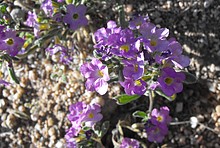

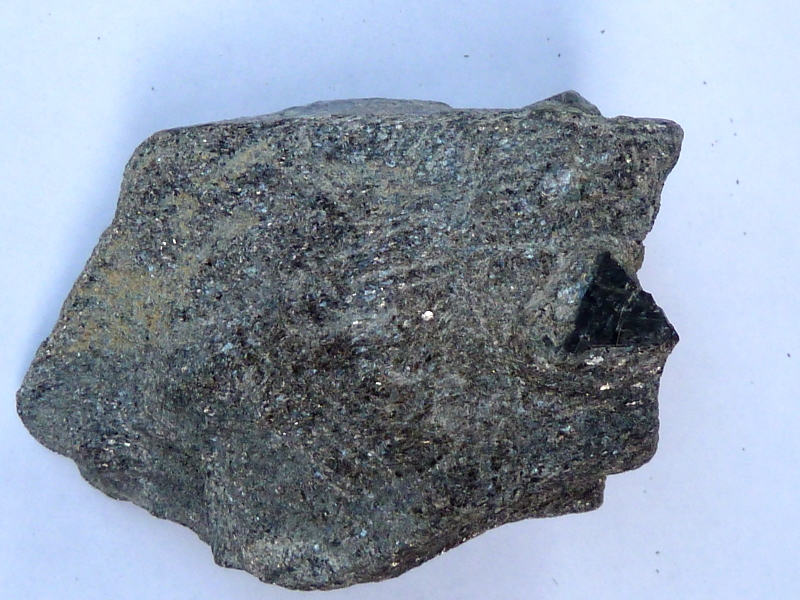
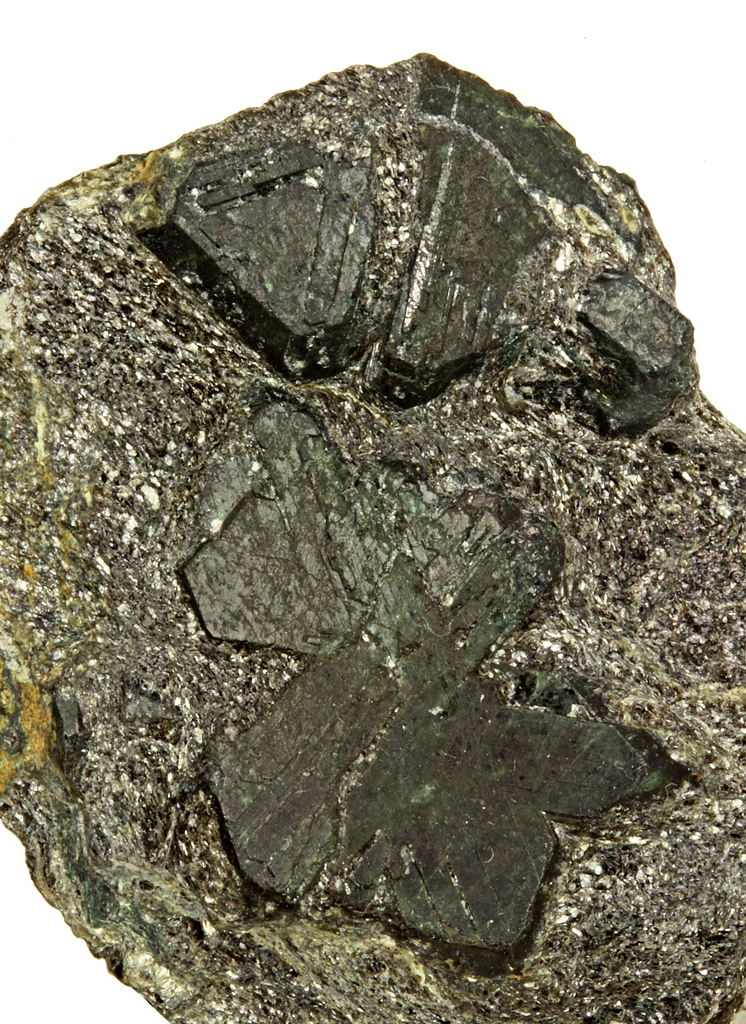
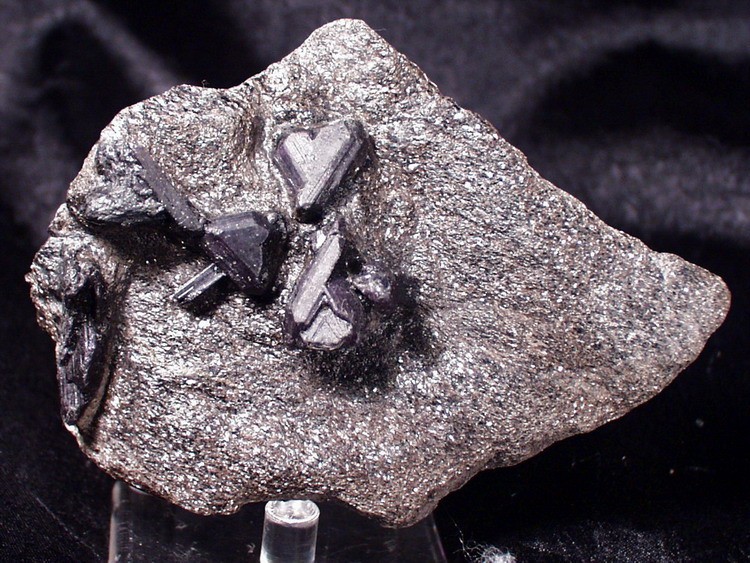

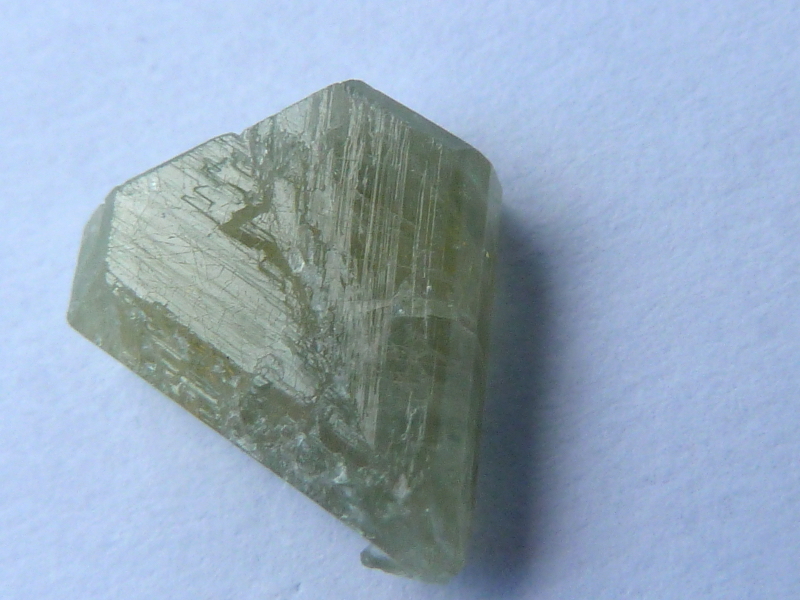






Carnaíba mining district, Pindobaçu, Bahia, Brazil